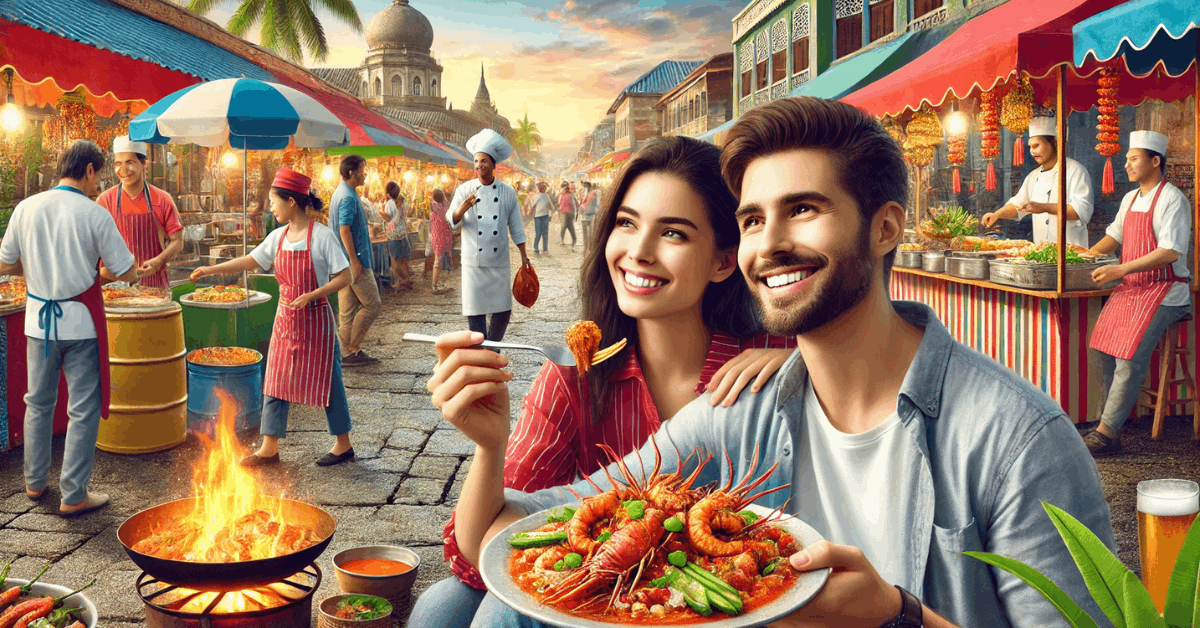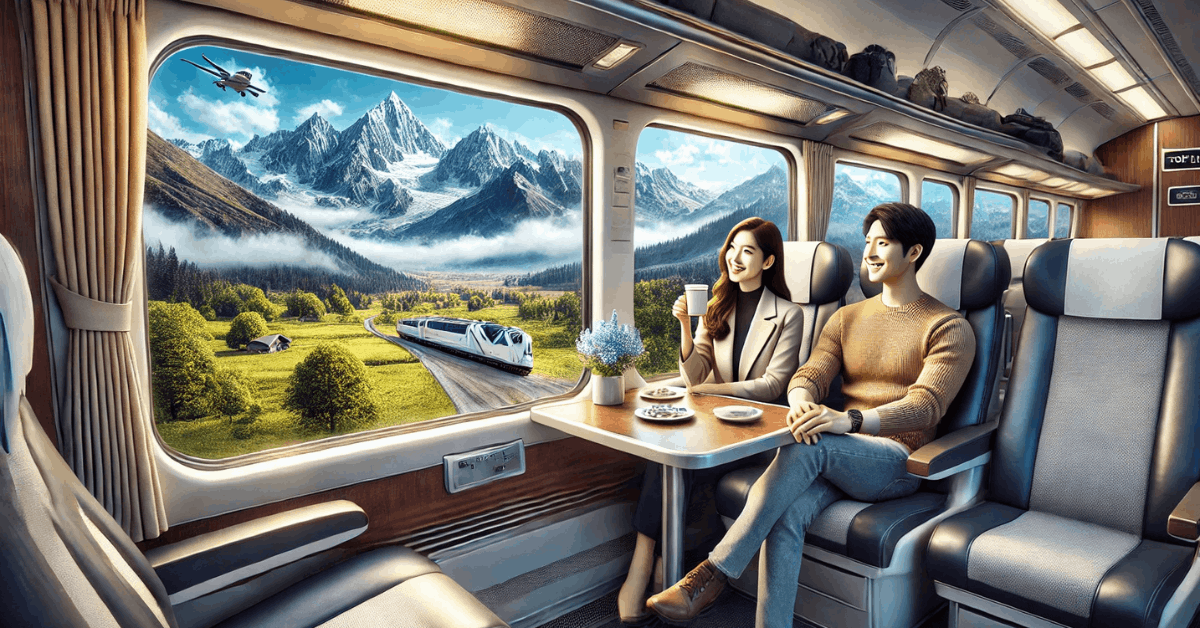Art and culture define a city's soul, shaping its identity and global influence. This article highlights the world’s best cities for art and culture, offering insights into places that inspire creativity and preserve heritage.
Each city tells a unique story through its cultural offerings, from historic landmarks to modern artistic hubs. You’ll discover destinations where tradition and innovation thrive together, making them must-visit spots for any art enthusiast.
How Art and Culture Shapes Cities Globally?
Creative expression and heritage give cities their unique identities and global appeal. These elements drive tourism, attract talent, and foster innovation in various industries.
Landmarks and traditions often become symbols of pride and community. Urban spaces thrive when creativity is celebrated, connecting history with modern life. This combination makes cities more dynamic and appealing to residents and visitors alike.
Choosing the Best Cities for Art and Culture
Cities with a substantial creative impact share deep historical roots and diverse modern expressions. Their reputation often relies on iconic locations and contributions that resonate worldwide.
Historical Importance of Creative Legacies
A city’s historical relevance stems from its role in shaping global movements and traditions. Landmarks and ancient centers often reflect pivotal eras and innovations.
These places preserve legacies, allowing stories of the past to resonate today. A lasting influence frequently ties their history to contemporary experiences.
Famous Places That Showcase Creativity
Museums, galleries, and institutions shape a city's identity. Iconic spaces house timeless collections that define local legacies. They create a bridge between preservation and public appreciation of global creativity.
Celebrating Diversity in Expressions
From performances to large-scale festivals, cities thrive on vibrant events and community participation. Murals, music, and showcases bring together diverse communities and visitors.
These expressions allow cities to reflect their evolving identities in new and dynamic ways. Public spaces often serve as open canvases for fresh ideas.
Driving Modern Creative Influence
Innovation ensures cities remain relevant on a global stage. Emerging styles and cutting-edge creations push boundaries while respecting traditions. By blending the old and new, cities foster an environment where innovation thrives naturally.
Top Cities Known for Creative Heritage
These cities are celebrated for their rich creative history and modern contributions. Each offers a unique blend of tradition and innovation, making them standout destinations.
Paris, France
Paris is home to iconic museums like the Louvre, housing masterpieces like the Mona Lisa. The city shaped movements like Impressionism and Surrealism, influencing generations of creators.
Landmarks like Opera Garnier and Palais Garnier highlight its global cultural significance. Annual festivals bring together international audiences to celebrate its creative history.
New York City, USA
New York City features world-class museums like the MET and MoMA, showcasing diverse collections. Its cultural diversity fuels a mix of creative expressions across all mediums.
Broadway remains a hub for performing arts excellence, drawing talent and audiences globally. Galleries in Chelsea and the Lower East Side foster a thriving creative community.
Florence, Italy
Known as the birthplace of the Renaissance, Florence’s influence spans centuries—the Uffizi Gallery and Accademia house timeless works, including Michelangelo’s David.
Its historic churches and palaces tell stories of an era where creativity flourished. Annual events celebrate the city’s enduring impact on the world.
Berlin, Germany
Berlin is a hub for the modern and avant-garde, pushing boundaries in creative spaces. Landmarks like the Berlin Wall and the Jewish Museum highlight its historic influence.
Street art and experimental spaces make it a dynamic setting for creators. The city celebrates both its history and evolving identity.
Kyoto, Japan
Kyoto preserves traditional craftsmanship through textiles, pottery, and more. Temples and shrines provide serene settings for experiencing its legacy firsthand.
Tea ceremonies and festivals connect visitors to centuries-old traditions. The city’s commitment to its roots makes it a unique destination.
Mexico City, Mexico
The city thrives on a vibrant mural scene, with works by Diego Rivera adorning its streets. Indigenous traditions blend with modern styles, creating a unique creative identity.
Museums like the Palacio de Bellas Artes highlight its artistic depth. This mix of heritage and innovation attracts audiences globally.
Influence of Art and Culture on Global Tourism
Creative heritage plays a significant role in attracting travelers. It shapes how cities are perceived and contributes to unique travel experiences.
How Creativity Attracts Tourists?
Creative expression draws millions of visitors yearly. Below are vital ways it influences tourism:
- Iconic landmarks like museums and galleries serve as tourist magnets.
- Festivals and events bring global audiences for unique experiences.
- Street murals and performances create memorable urban spaces for visitors.
- Creative tours offer immersive experiences of a city’s history and innovation.
How Cities Boost Economies Through Creativity?
Cities often use creative industries to strengthen local economies. Here are examples of how they succeed:
- Promoting local businesses through creative festivals and events.
- Galleries and creative hubs attract jobs, investments, and education programs.
- Transforming historic sites into vibrant public attractions.
- Integrating creative experiences into tourism for long-term economic benefits.
Cities Using Creativity for Urban Renewal
Urban regeneration projects use creative initiatives to revive neighborhoods. Key examples include:
- Bilbao, Spain: The Guggenheim Museum turned the city into a global destination.
- Detroit, USA: Public art projects helped revitalize abandoned urban spaces.
- Medellín, Colombia: Transformation through murals and public installations improved community pride.
- London, UK: Redeveloped cultural hubs like the Tate Modern boosted local engagement.
Future Trends in Art and Culture Cities
The future of creative cities lies in blending tradition with modern innovation. Emerging trends highlight how these cities are evolving.
Digital Creativity and Urban Influence
The rise of digital installations and experiences reshapes creative spaces globally. Cities now feature augmented reality exhibitions and virtual galleries.
Interactive installations bridge the gap between creators and audiences, and these trends redefine how heritage is experienced in urban settings.
Sustainability in Creativity and Preservation
Sustainable practices ensure the long-term preservation of legacies. Exhibits and designs are created using eco-friendly materials and methods.
Historic sites are maintained with minimal environmental impact. Cities are increasingly balancing innovation with preservation efforts.
Blending Global Ideas Locally
Cities now mix traditional practices with global influences to stay relevant. Local expressions adapt elements from diverse cultures, creating something unique.
Fusion events like food and music festivals attract diverse audiences. This blending strengthens connections and innovation in urban spaces.
Final Take on the World’s Best Cities for Art and Culture
The world’s best cities for art and culture offer a blend of history, creativity, and innovation that captivates locals and travelers. These destinations thrive on their unique heritage and modern influences, creating inspiring and connecting spaces.
These cities remain vibrant cultural hubs by preserving traditions and embracing new ideas. Exploring them offers a deeper appreciation of how creativity shapes our world.

















